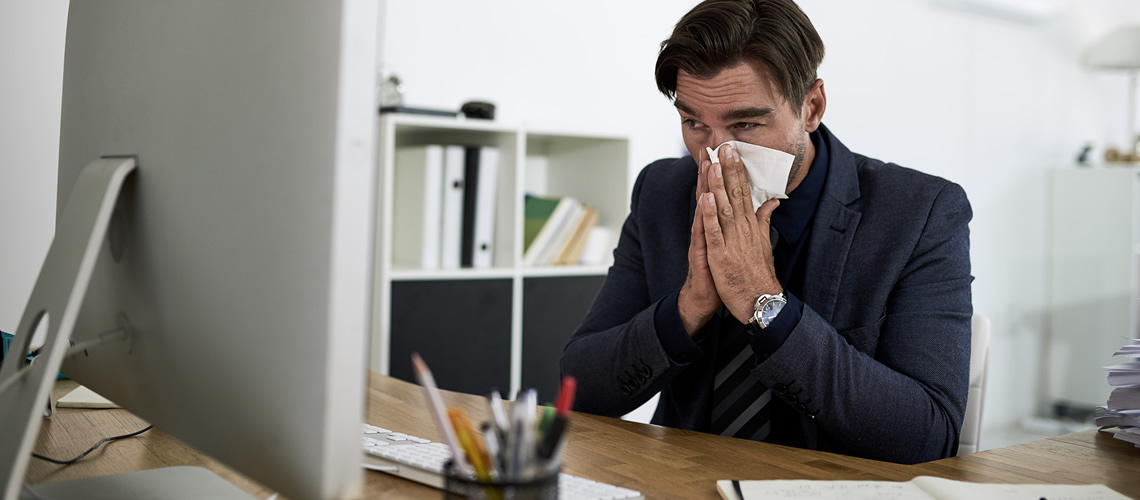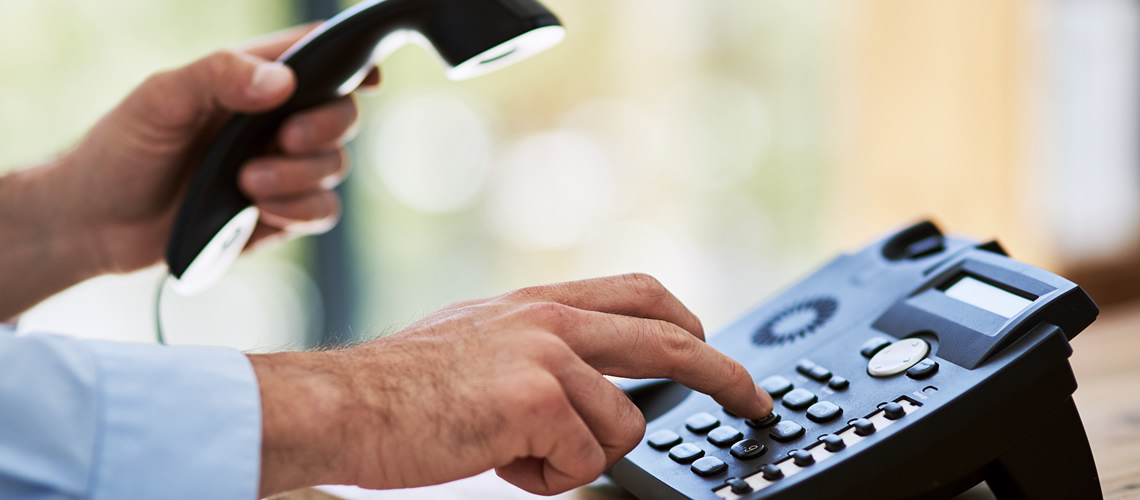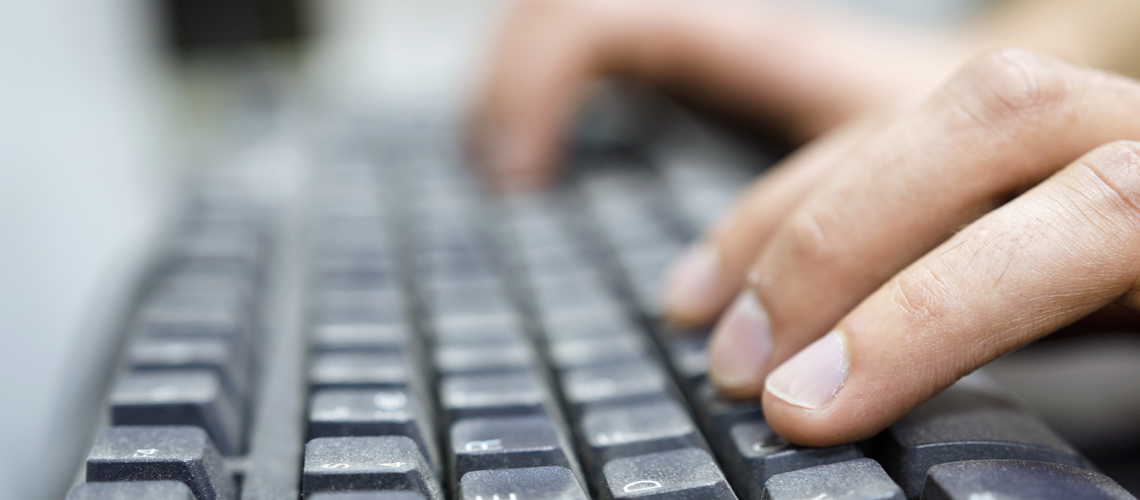10-12 % of illness related absenteeism across the EU is as a result of the flu virus. If we consider that the average person spends 35-40 hours a week in the workplace, interacts with a number of people and encounters various surfaces where flu viruses may linger - the importance of hygiene in the office becomes clear.

Research shows that the average transmission rates of the flu virus in the work place are 16.2%. This rate of illness contagion can have serious consequences on a business from a productivity stand point and also a financial one, with the flu virus alone estimated to cost £1465 million across the EU. It’s important that cleaning procedures are being properly considered, and areas that are harbouring germs are identified and targeted. Some of the items we use on a day to day basis can be overlooked, as we don’t take the time to really assess how the daily use of said item can affect the bacteria present on its surface. With all this in mind, it’s time to ask yourself: do you know how dirty your office really is?
10 million bacteria live on your desk…

The average working desk is said to be 400 times dirtier than the average toilet seat and 100 times dirtier than the average kitchen table. This is not something you can assess by eye, as even the neatest of desks could have masses of germs building up on it. Good hygiene practices are essential for mitigating the transfer and amount of germs on the desk surface. With many people forgoing regular sanitation of desk surfaces, a thorough cleaning routine can help to keep reduce the bacteria that is present. Wiping your desk down on a daily basis with multipurpose cleaner helps you to reduce the dirt and bacteria you are coming into contact with on a daily basis. A multipurpose cleaner is a versatile and efficient product, as you can use it on a variety of surfaces, making the areas you’re in close proximity with much more hygienic.
Around 80% of common illnesses are spread by touching

Every time you touch a phone, touch your keyboard, touch a mouse - you are effectively spreading germs. If you consider the number of communal items and areas that you encounter every day, from phones to door handles, kitchens and kettles and the number of people besides yourself who also encounter them – the risk for germ transfer and bacteria build up is phenomenal. It’s said that the flu virus can survive on surfaces for up to 3 days, which makes cleaning and proper hygiene a serious matter.
Average number of bacteria per surface

With three in five infections caused by dirty hands, it may be worth enforcing a hand washing guide where proper hand washing procedures are detailed. It’s said that only 40% of people wash their hands after using the restroom, which means the spread of illness-causing bacteria increases dramatically. Anti-bacterial hand wash is an excellent preventative measure, and essential item for any office bathroom or kitchen. The presence of anti-bacterial hand wash in spaces where germ transfer poses a significant risk, can encourage employees to take this extra precaution before eating and after using the restroom.
11% of office workers do not clean their keyboard

The average keyboard can harbour 7,500 bacteria, and as a vital piece of kit for any office worker, it needs to be cleaned on a regular basis. The gaps between the keys can collect all manner of debris such as food and even dead skin cells which can encourage bacteria growth. If your office has implemented hot-desking, workers should be given the proper means to clean their work-station before use. It’s important to mitigate employees coming into contact with viruses that could lead to sickness wherever you can. Multipurpose wipes or specialist cleaning cloths could help remove a good proportion of these germs
Eating at your desk can make you ill
There are certain strains of bacteria that we come into contact within the office environment that pose threats to our health, beyond the cold and flu viruses. It’s important to discourage people from eating lunch at their desks, as there is a serious risk of their food becoming contaminated by bacteria from the surrounding equipment. If someone is typing and eating intermittently, the keyboard’s germs could easily transfer from their hands, to the food they are about to consume.

E. coli can make its way onto keyboards and door handles when hands are not properly washed after using the restroom. This type of bacteria can cause upset stomachs.

Enterococcus faecalis bacteria can be found on keyboards and could survive here for as long as 24 hours. This kind of bacteria can cause urinary tract infections.
Allowing remote working during illness
Remote working is something many businesses consider to mitigate the spread of illness like the flu. This is especially pertinent when illness is contagious but not debilitating, to protect the rest of your workforce. The flu virus can spread from up to six feet away, so taking the right precautions is vital. A healthy workforce is a productive workforce, and in allowing remote working where possible, you can make a big difference in reducing the transmission of illnesses and the absenteeism that would result from it.
There’s a lot to take into an account when it comes to maintaining high hygiene standards in an office, but we’ve summarised some of the key points into the infographic below, with further tips for making your office a healthier environment.
Make sure employees are aware of the hygiene rules the company has set in place. The health and safety of an office is something that every individual is responsible for. Reassessing your current procedures relating to health, hygiene and cleanliness at work is the first step to cutting down on virus related sickness at work and the spread of bacteria in the workplace – prevention is better than the cure.
You can call a Staples representative at the following number:
+44 (0) 121 322 1000
You can also fill out the form below and one of our representatives will get in touch with you shortly.